In 2025, all-wheel drive (AWD) is so much more than about traction—it’s about intelligent power distribution, lightning-fast response times, and next-gen efficiency. With EVs dominating the market and ICE models refining their tech, the battle for AWD supremacy has never been fiercer.
Leading the charge is Tesla’s latest Dual Motor AWD, delivering instant torque vectoring with 10ms adjustments, while BMW’s xDrive 2.0 leverages AI to predict slip before it happens. Off-road beasts like the Land Rover Defender’s Terrain Response 3.0 boast up to 738 lb-ft (1,000Nm) of torque split across all four wheels, while Audi’s Quattro Ultra now achieves 5% better fuel efficiency without sacrificing grip.
Hybrid systems are also stepping up—Toyota’s E-Four Advanced in the new 2025 Land Cruiser can send up to 80% of power rearward when needed. Meanwhile, Subaru’s Symmetrical AWD remains a winter-warrior favorite, with 20% faster response times over its predecessor.
From hypercars to daily drivers, we’ve tested, ranked, and scored the best AWD systems of 2025—here’s who comes out on top.
See also:
Grip & Rip: Here Are The 10 Most Savage AWD V8 Sedans Ever Made
Brief Introduction To All-Wheel Drive (AWD) Technology
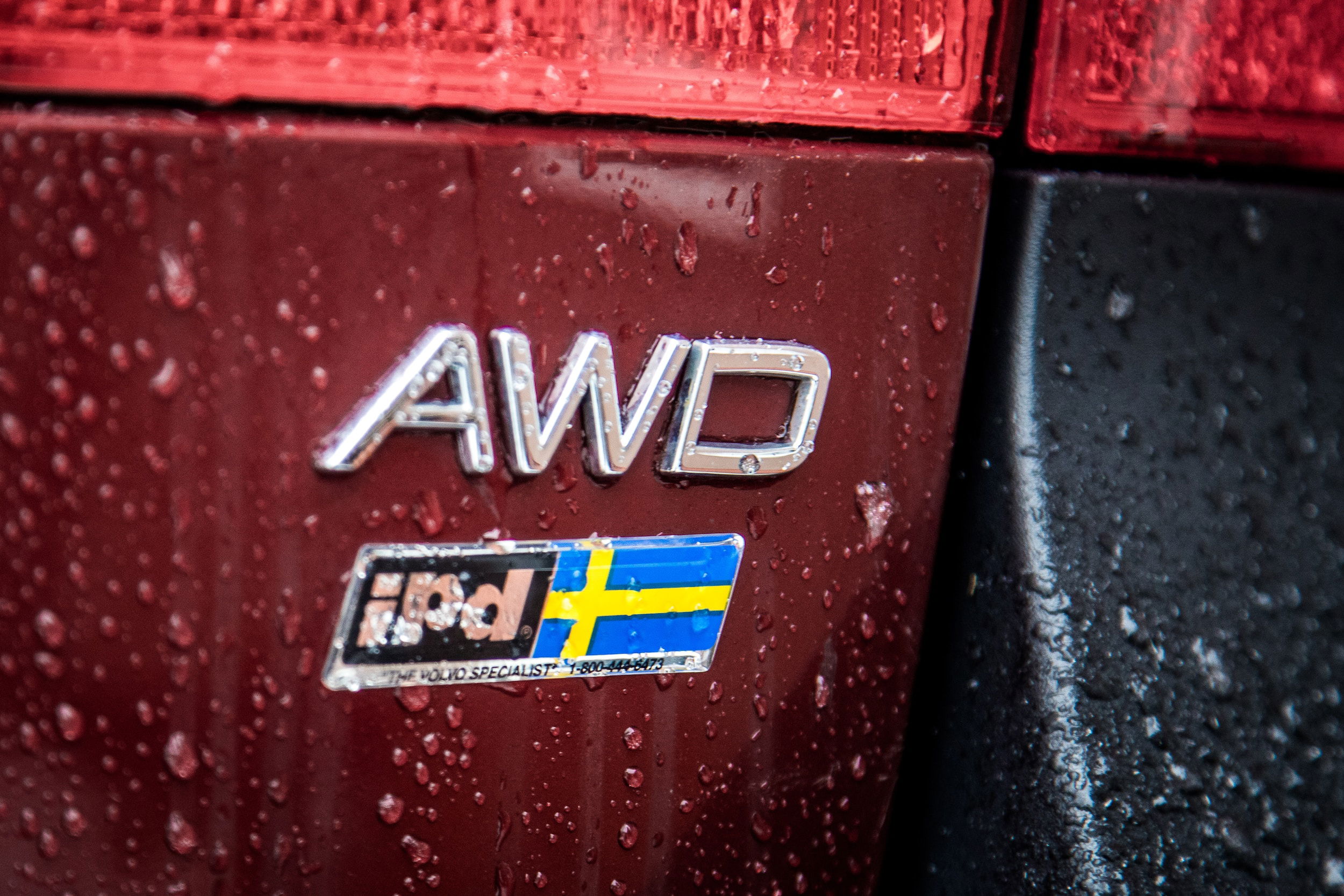
Photo Credit: Aaron Doucett/Unsplash.
AWD sends power to all four wheels for better traction, especially in rain, snow, or off-road. Unlike 2WD, it uses a center differential (or clutch) to split torque between axles. Full-time AWD constantly powers all wheels, while part-time AWD engages automatically when slippage is detected.
Advanced systems use sensors and computers to adjust power millisecond-by-millisecond. Some even brake slipping wheels or vector torque for sharper handling. The result? More grip, control, and confidence.
The Evolution Of AWD Systems To 2025
Born in 1903 for off-road reliability, AWD spent decades as a niche solution until Audi’s 1980 Quattro revolutionized performance. The 2000s brought electronic torque vectoring, while 2015’s focus shifted to efficiency with disconnect systems.
Today’s AI-driven AWD (like BMW’s xDrive 2.0) predicts terrain, while EV architectures (Tesla, Rivian) enable individual wheel control at millisecond speeds. 2025’s breakthrough? Predictive AWD – using GPS and weather data to pre-adjust torque before you hit the curve.
Full-Time vs. Part-Time AWD: What's The Difference?
Full-time AWD constantly powers all four wheels, optimizing traction in all conditions—ideal for performance cars (Audi Quattro) and luxury SUVs. Part-time AWD (aka "on-demand") runs in 2WD most of the time, engaging the other axle only when slippage is detected (Honda CR-V, RAV4).
Pros? Full-time offers relentless grip; part-time boosts fuel efficiency. But 2025’s smart hybrid systems (Toyota, Land Rover) now blur the line, using predictive tech to deliver both worlds seamlessly.
How AWD Systems Enhance Driving Safety And Performance
AWD boosts safety by actively distributing power to wheels with the most grip, preventing skids on wet roads or ice. For performance, it maximizes acceleration by eliminating wheelspin and enables sharper cornering through torque vectoring.
Modern systems like Subaru's Symmetrical AWD and Audi's Quattro react in milliseconds, while EV AWD (Tesla, Rivian) offers precise individual wheel control. The result? Unshakable stability and thrilling responsiveness in all conditions.
Criteria For The Best AWD Systems

Photo Credit: Ryan/Unsplash.
Determining the best AWD systems involves assessing multiple critical aspects. Key factors include traction, control, fuel efficiency, and longevity.
An effective AWD system must balance power distribution to maximize grip, especially in adverse conditions. Additionally, it should offer reliable performance while minimizing impact on fuel consumption.
Traction And Control In Various Conditions
An AWD system's primary goal is to enhance traction in diverse driving environments. This includes snow-covered roads, muddy tracks, or wet city streets.
Modern AWD systems use advanced technology to maintain optimal grip and prevent slippage. This ensures safety and confidence for drivers, regardless of weather or terrain challenges.
Fuel Efficiency And Environmental Impact
While AWD systems offer better control, they often challenge fuel efficiency. Manufacturers are now integrating technology that minimizes energy loss.
Eco-friendly AWD systems are becoming more common, aiming to reduce emissions without sacrificing performance. They ensure that vehicles remain both high-performing and environmentally conscious.
Durability And Maintenance Considerations
For an AWD system to be cost-effective, it must be durable and easy to maintain. Regular maintenance ensures longevity and consistent performance.
The best systems are designed with robust materials and user-friendly components. This reduces long-term costs and potential repair disruptions, providing peace of mind to vehicle owners.
Top 10 AWD Systems Of 2025 – Ranked And Reviewed
The best AWD systems of 2025 blend cutting-edge software, advanced hardware, and predictive intelligence to dominate any terrain. From hypercars to off-road beasts, we’ve tested and ranked the top 10 systems based on traction, responsiveness, efficiency, and innovation.
Tesla Dual Motor AWD w/ Neural Net Torque Control
- Key Tech: AI-driven torque vectoring, 10ms adjustments, individual wheel motor control
- Found In: Tesla Model S Plaid, Cybertruck, Roadster
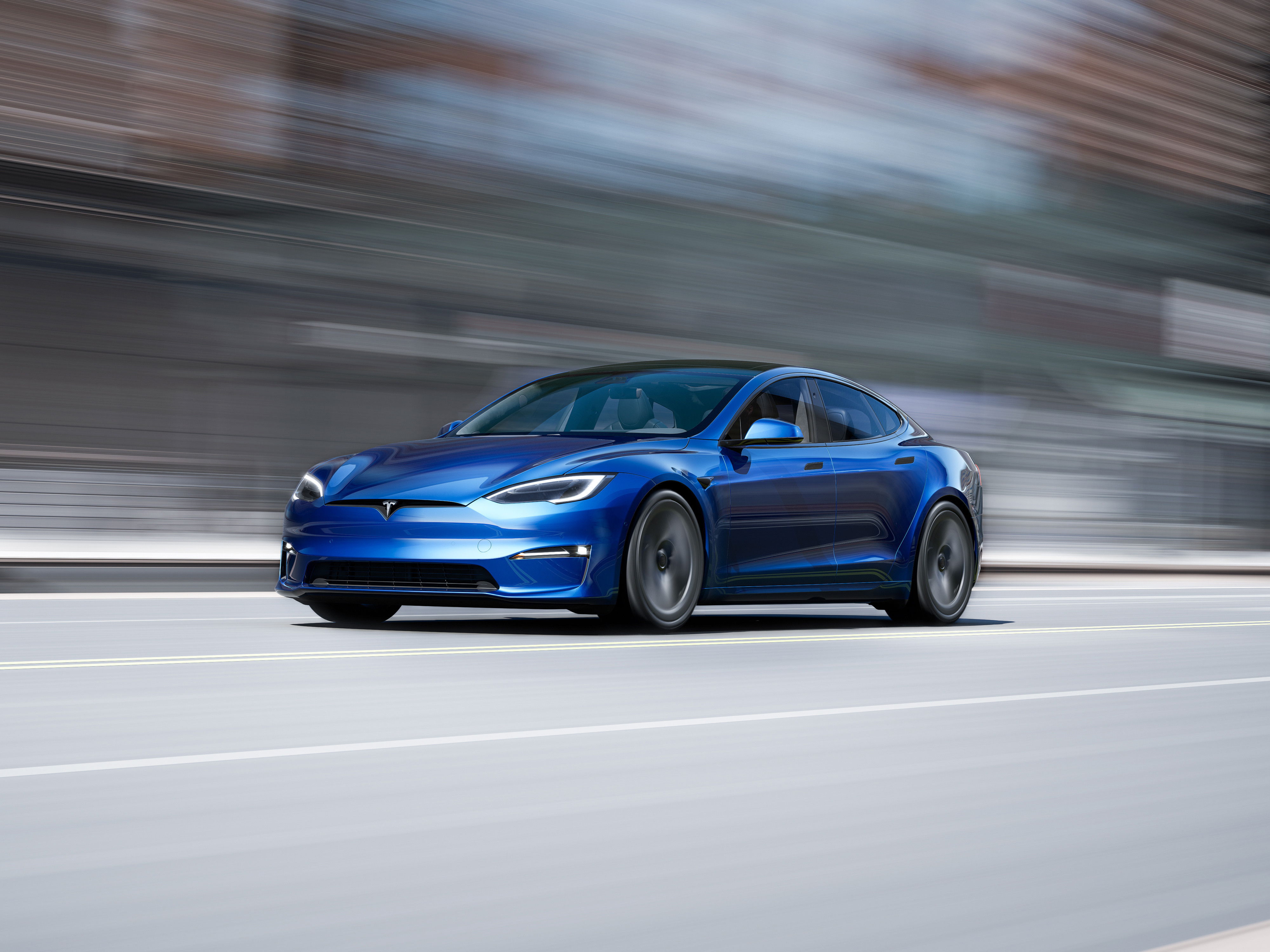
Model S.
Tesla’s AWD doesn’t just react—it predicts. Using neural networks, it analyzes road conditions, driver inputs, and even weather data to pre-adjust torque. Each wheel operates independently, enabling instantaneous slip correction and drift-mode precision.
The Cybertruck’s tri-motor setup can send 100% power to a single wheel if needed, making it unbeatable in acceleration (0-60 mph in 2.6s) and off-road crawling.
BMW xDrive 2.0 w/ AI Terrain Prediction
- Key Tech: Self-learning AI, predictive torque distribution, rear-biased sport tuning
- Found In: BMW i5 M60, X5 M, iX M70

i5 M60.
BMW’s latest xDrive uses real-time navigation and camera data to anticipate curves, elevation changes, and slippery surfaces before they happen.
In the i5 M60, it pairs with an electronically locking rear diff for drift-happy RWD dynamics that seamlessly shift to AWD when needed. The system’s 10% faster response than the previous gen makes it the best blend of sportiness and security.
Audi Quattro Ultra w/ Dynamic Wheel Torque
- Key Tech: Predictive clutch engagement, rear-axle disconnect, 48V mild hybrid boost
- Found In: Audi RS6 Avant, Q8 e-tron, SQ7

RS6 Avant Performance.
Audi’s legendary Quattro now disconnects the rear axle in cruising for 5% better efficiency, yet re-engages in just 200ms when slippage is detected.
The RS6 Avant’s torque-vectoring sport differential can overdrive the outer rear wheel in corners, tightening your line mid-turn. It’s not as AI-smart as Tesla or BMW, but its mechanical brilliance keeps it elite.
Rivian Quad-Motor AWD w/ Tank Turn (Off-Road King)
- Key Tech: Four independent motors, 1,000+ lb-ft torque, "Tank Turn" capability
- Found In: Rivian R1T, R1S
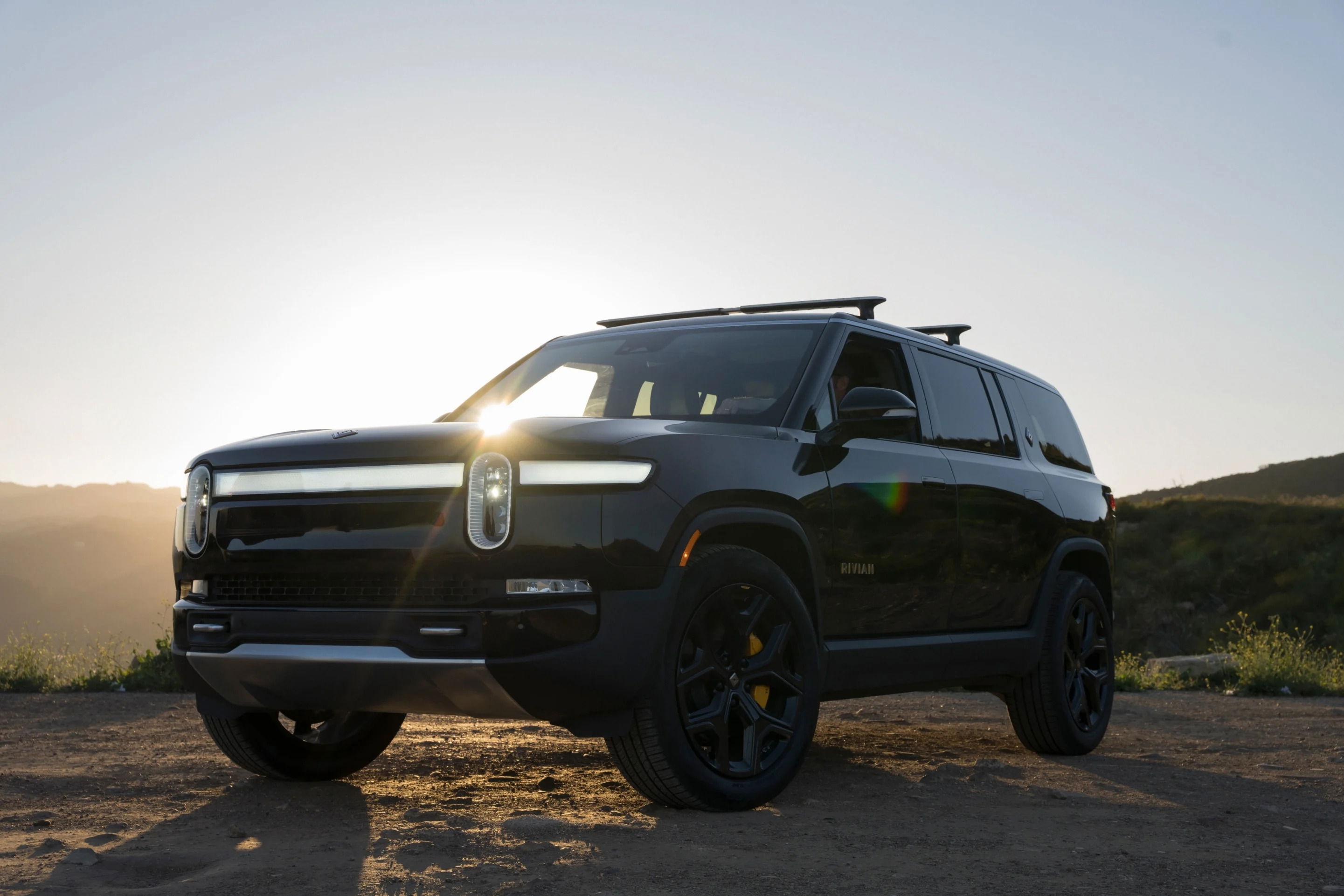
R1S.
Rivian’s individual wheel control allows for true crab-walking and tank turns—rotating the truck in place by spinning wheels in opposite directions.
With 15 inches of adjustable air suspension, it can ford 3+ feet of water and crawl over boulders effortlessly. The only downside? Slightly higher energy drain than hybrid AWD systems.
Mercedes 4MATIC+ w/ Torque Shift by Wire
- Key Tech: Fully electronic torque distribution, rear-biased drift mode, integrated ESP
- Found In: Mercedes-AMG E63 S, GLE 63 S
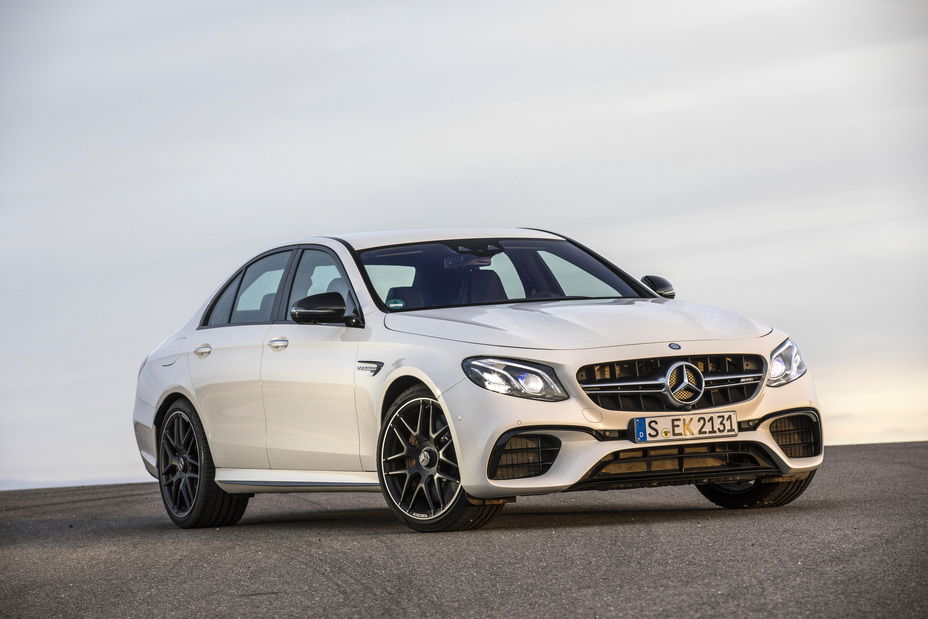
AMG E63 S.
Mercedes’ "by-wire" torque shifting eliminates mechanical lag—power moves between axles at lightning speed. The AMG E63 S can go from 100% RWD for burnouts to 50/50 AWD for launches in 0.1 seconds. It’s less off-road-focused than Rivian but dominates pavement performance.
Subaru Symmetrical AWD w/ DriverFocus Assist
- Key Tech: Always-on AWD, low center of gravity, driver fatigue monitoring
- Found In: Subaru WRX GT, Outback Wilderness

Outback Wilderness.
Subaru’s balanced, full-time AWD is a snow-and-dirt legend. The 2025 WRX GT adds DriverFocus AI, which adjusts torque distribution based on steering grip and fatigue detection. It lacks the high-tech torque vectoring of premium brands but remains the best budget performance AWD.
See also:
10 Best Cars For Winter Driving (No SUVs Included)
Land Rover Terrain Response 4.0 w/ 3D Cameras
- Key Tech: 3D terrain scanning, adaptive suspension, wading depth detection
- Found In: Range Rover Sport SV, Defender 130

Range Rover Sport SV.
Land Rover’s system scans the road ahead in 3D, adjusting suspension and torque before you hit obstacles. The Defender 130’s "Wade Assist" even measures water depth and adjusts drivetrain sealing in real time. It’s the ultimate overlanding AWD, though less sporty on pavement.
Toyota E-Four Advanced w/ Predictive Grip
- Key Tech: Hybrid AWD, rear e-axle, preemptive slip control
- Found In: 2025 Land Cruiser, Lexus GX 550

Toyota Land Cruiser.
Toyota’s hybrid AWD sends up to 80% power rearward when needed, with an electric motor eliminating turbo lag. The Land Cruiser’s "Deep Snow Mode" pre-spins wheels to prevent bogging down. It’s not as fast as EV systems, but ultra-reliable.
Ford Performance AWD w/ Drift Mode (For Fun)
- Key Tech: Rear-biased drift mode, torque vectoring, selectable drive modes
- Found In: Ford Mustang Mach-E Rally, Bronco Raptor
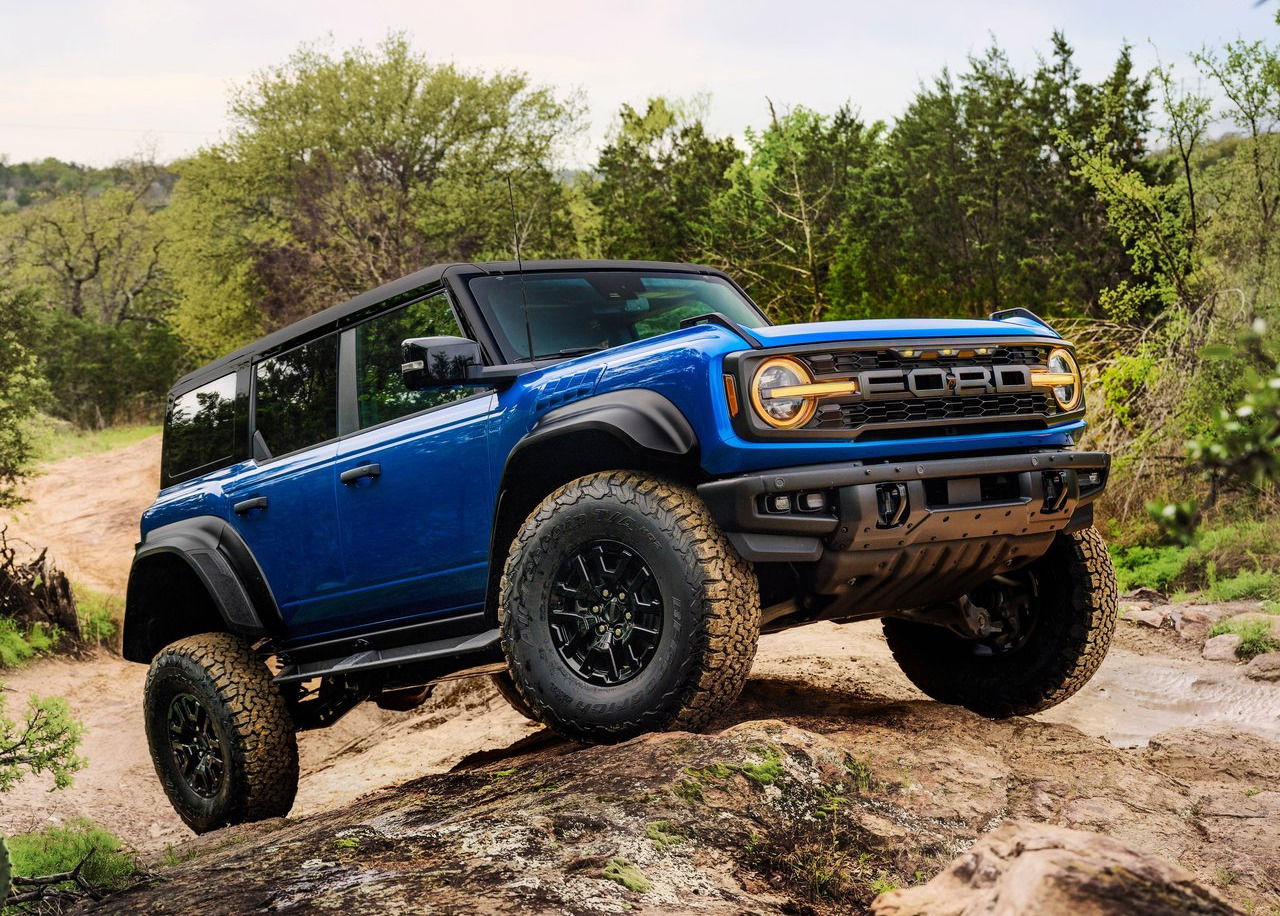
Bronco Raptor Black Appearance Pkg.
Ford’s system lets you tail-happy AWD drift in the Mach-E Rally, while the Bronco Raptor’s "Baja Mode" optimizes for high-speed desert running. It’s more fun-focused than high-tech.
Hyundai HTRAC AWD w/ Neural Learning
- Key Tech: AI-based learning, eco-focused torque split
- Found In: Hyundai IONIQ 5 N, Santa Fe Hybrid

IONIQ 5 N.
Hyundai’s AI learns your driving style and adjusts torque for efficiency or sportiness. The IONIQ 5 N’s "N Grin Boost" even lets you simulate RWD dynamics. It’s a great budget smart AWD, but lacks off-road prowess.
Final Verdict
From Tesla’s AI mastery to Rivian’s off-road domination, 2025’s best AWD systems prove that traction is no longer just mechanical—it’s intelligent, predictive, and electrified. Whether you want hypercar agility or mountain-conquering grip, there’s never been a better time for all-wheel drive.
The Future Of AWD Systems: Smarter, Faster, Electric

Subaru Outback Wilderness.
The future of AWD systems is closely tied to rapid technological advancements. As vehicles evolve, AWD technology must adapt to new driving paradigms. By 2030, AWD won’t just adapt—it’ll anticipate.
AI-driven torque vectoring, brake-by-wire traction control, and solid-state battery-powered e-axles will dominate. EVs will leverage independent wheel motors for tank turns and drift modes, while hydrogen hybrids may revive mechanical AWD for purists.
The winner? Software-defined traction—where grip evolves via over-the-air updates. Game on.
Electrification And AWD: The New Frontier
Electrification is revolutionizing AWD, replacing mechanical complexity with software brilliance. EVs enable instantaneous, independent wheel control via multiple motors, unlocking tank turns, drift modes, and terrain-conquering precision.
Torque vectoring happens at light-speed, while regenerative braking enhances stability. As battery tech advances, weight penalties fade, making e-AWD the ultimate fusion of efficiency and performance. The future is electric—and unstoppable.
Autonomous Vehicles And AWD Compatibility
Autonomous vehicles demand next-gen AWD for flawless decision execution. Self-driving systems will integrate predictive AWD that pre-adjusts traction based on LiDAR/weather data, ensuring perfect grip during emergency maneuvers.
Torque vectoring meets path-planning algorithms to maintain stability at algorithm-determined speeds. The result? AI-driven AWD that works invisibly to keep robocars glued to the road—rain or shine.
The Final Word: Choosing The Right AWD System

Ford Bronco Raptor.
Your ideal system depends on priorities: Tech-lovers want Tesla’s AI or BMW’s predictive smarts, off-roaders need Rivian or Land Rover’s terrain mastery, while purists still swear by Audi’s Quattro.
Consider your climate, driving style, and whether you value efficiency or raw capability. In 2025, there’s an AWD revolution for every driver—no compromises.